Description
Ventolin 2Mg/5Ml Org Syrup 60Ml
Description :
Tablet: Each tablet contains 2 mg salbutamol, as sulphate.
Rotacap: Each Rotacap contains a mixture of 200 mcg microfine salbutamol sulfate and large particle lactose (which contains milk protein) in hard gelatin cartridges.
Inhaler: Each Salbutamol (Ventolin) Inhaler is a pressurised metered-dose inhaler which delivers 100 micrograms salbutamol (as sulphate) per actuation, into the mouthpiece of a specially designed actuator. The inhaler also contains the CFC-free propellant HFA 134a. Each canister contains at least 200 actuations.
Nebules: Salbutamol (Ventolin Nebules) Solution for Inhalation 1 mg/mL is in a plastic ampoule containing a concentration of salbutamol of 0.1% (1 mg salbutamol, as the sulphate, in 1 mL). Each Salbutamol (Ventolin Nebules) Solution for Inhalation contains 2.5 mL of solution equivalent to 2.5 mg salbutamol.
Indications / Uses :
Salbutamol (Ventolin) is a selective beta2-adrenoceptor agonist indicated for the treatment or prevention of bronchospasm. It provides short acting (four hours) bronchodilation in reversible airways obstruction due to asthma, chronic bronchitis and emphysema.
Bronchodilators should not be the only or main treatment in patients with persistent asthma. In patients with persistent asthma unresponsive to Salbutamol (Ventolin), treatment with inhaled corticosteroids is recommended to achieve and maintain control. Failing to respond to treatment with Salbutamol (Ventolin) may signal a need for urgent medical advice or treatment.
Tablet: Salbutamol (Ventolin) tablets are indicated for the relief of bronchospasm in bronchial asthma of all types, chronic bronchitis and emphysema.
Syrup: Suitable oral therapy for children or those adults who prefer liquid medicines.
Nebules: Salbutamol (Ventolin Nebules) are indicated for the routine management of chronic bronchospasm (unresponsive to conventional therapy) and treatment of acute severe asthma (status asthmaticus).
Rotacap/Inhaler/Nebules: For patients with asthma salbutamol may be used to relieve symptoms when they occur and to prevent them prior to a known trigger.
Administration :
Should be taken on an empty stomach: Take 1 hr before or 2 hr after meals.
Contraindications :
Salbutamol (Ventolin) is contraindicated in patients with a history of hypersensitivity to any its components.
Non-i.v. formulations of VENTOLIN must not be used to arrest uncomplicated premature labour or threatened abortion.
Rotacap: Salbutamol (Ventolin) dry powder inhaler formulations are contraindicated in patients with severe milk-protein allergy or who have a history of hypersensitivity to salbutamol or any of its formulation components (see Description).
Special Precautions :
The management of asthma should normally follow a stepwise programme, and patient response should be monitored clinically and by lung function tests.
Increasing use of short-acting inhaled beta2-agonists to control symptoms indicates deterioration of asthma control. Under these conditions, the patient’s therapy plan should be reassessed.
Sudden and progressive deterioration in asthma control is potentially life-threatening and consideration should be given to starting or increasing corticosteroid therapy. In patients considered at risk, daily peak flow monitoring may be instituted.
Patients should be warned that if either the usual relief is diminished or the usual duration of action reduced, they should not increase the dose or its frequency of administration, but should seek medical advice.
Salbutamol (Ventolin) should be administered cautiously to patients with thyrotoxicosis.
Potentially serious hypokalaemia may result from beta2-agonist therapy mainly from parenteral and nebulised administration. Particular caution is advised in acute severe asthma as this effect may be potentiated by concomitant treatment with xanthine derivatives, steroids, diuretics and by hypoxia. It is recommended that serum potassium levels are monitored in such situations.
Tablet: In common with other beta-adrenoceptor agonists, Salbutamol (Ventolin) can induce reversible metabolic changes, for example increased blood sugar levels. The diabetic patient may be unable to compensate for this and the development of ketoacidosis has been reported. Concurrent administration of corticosteroids can exaggerate this effect.
Syrup: Long-term treatment with Ventolin syrup (sugar-containing formulation) increases the risk of dental caries. It is important that adequate dental hygiene is maintained.
Rotacap/Inhaler: As with other inhalation therapy, paradoxical bronchospasm may occur, resulting in an immediate increase in wheezing after dosing. This should be treated immediately with an alternative presentation or a different fast-acting inhaled bronchodilator, if immediately available. The specific salbutamol presentation should be discontinued, and if necessary a different fast-acting bronchodilator instituted for ongoing use.
In the event of a previously effective dose of inhaled salbutamol failing to give relief for at least three hours, the patient should be advised to seek medical advice in order that any necessary additional steps may be taken.
Nebules: Salbutamol (Ventolin Nebules) must only be used by inhalation, to be breathed in through the mouth, and must not be injected or swallowed.
Patients receiving treatment at home with Salbutamol (Ventolin Nebules) must be warned that if either the usual relief is diminished or the usual duration of action reduced, they should not increase the dose or its frequency of administration, but should seek medical advice.
Salbutamol (Ventolin Nebules) should be used with caution in patients known to have received large doses of other sympathomimetic drugs.
Salbutamol (Ventolin) should be administered cautiously to patients with thyrotoxicosis.
A small number of cases of acute angle closure glaucoma have been reported in patients treated with a combination of nebulised Salbutamol (Ventolin) and ipratropium bromide. A combination of nebulised Salbutamol (Ventolin) with nebulised anticholinergics should therefore be used cautiously. Patients should receive adequate instruction in correct administration and be warned not to let the solution or mist enter the eye.
Potentially serious hypokalaemia may result from beta2-agonist therapy mainly from parenteral and nebulised administration. Particular caution is advised in acute severe asthma as this effect may be potentiated by concomitant treatment with xanthine derivatives, steroids, diuretics and by hypoxia. It is recommended that serum potassium levels are monitored in such situations.
As with other inhalation therapy, paradoxical bronchospasm may occur, resulting in an immediate increase in wheezing after dosing. This should be treated immediately with an alternative presentation or a different fast-acting inhaled bronchodilator, if immediately available. Salbutamol (Ventolin Nebules) should be discontinued, and if necessary a different fast-acting bronchodilator instituted for ongoing use.
In common with other beta-adrenoceptor agonists, Salbutamol (Ventolin) can induce reversible metabolic changes, for example increased blood sugar levels.
The diabetic patient may be unable to compensate for this and the development of ketoacidosis has been reported. Concurrent administration of corticosteroids can exaggerate this effect.
Lactic acidosis has been reported very rarely in association with high therapeutic doses of intravenous and nebulised short-acting beta-agonist therapy, mainly in patients being treated for an acute asthma exacerbation (see Adverse Reactions). Increase in lactate levels may lead to dyspnoea and compensatory hyperventilation, which could be misinterpreted as a sign of asthma treatment failure and lead to inappropriate intensification of short-acting beta-agonist treatment. It is therefore recommended that patients are monitored for the development of elevated serum lactate and consequent metabolic acidosis in this setting.
Effects on Ability to Drive and Use Machines: None reported.

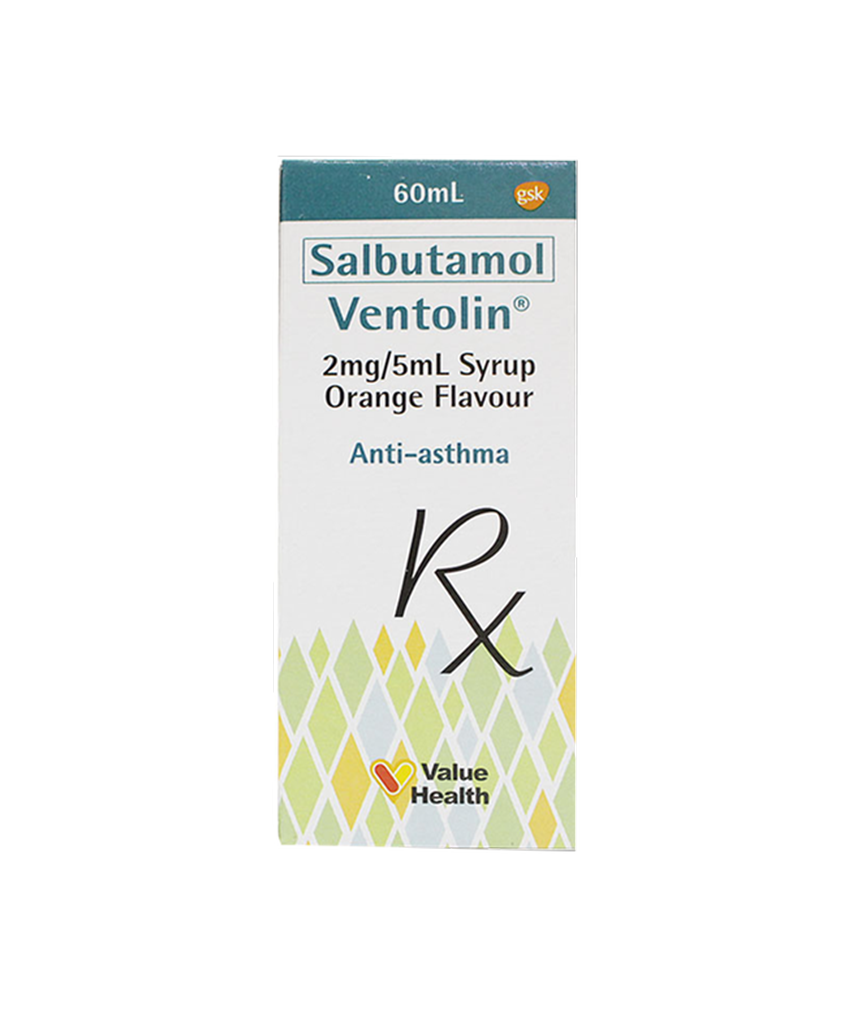

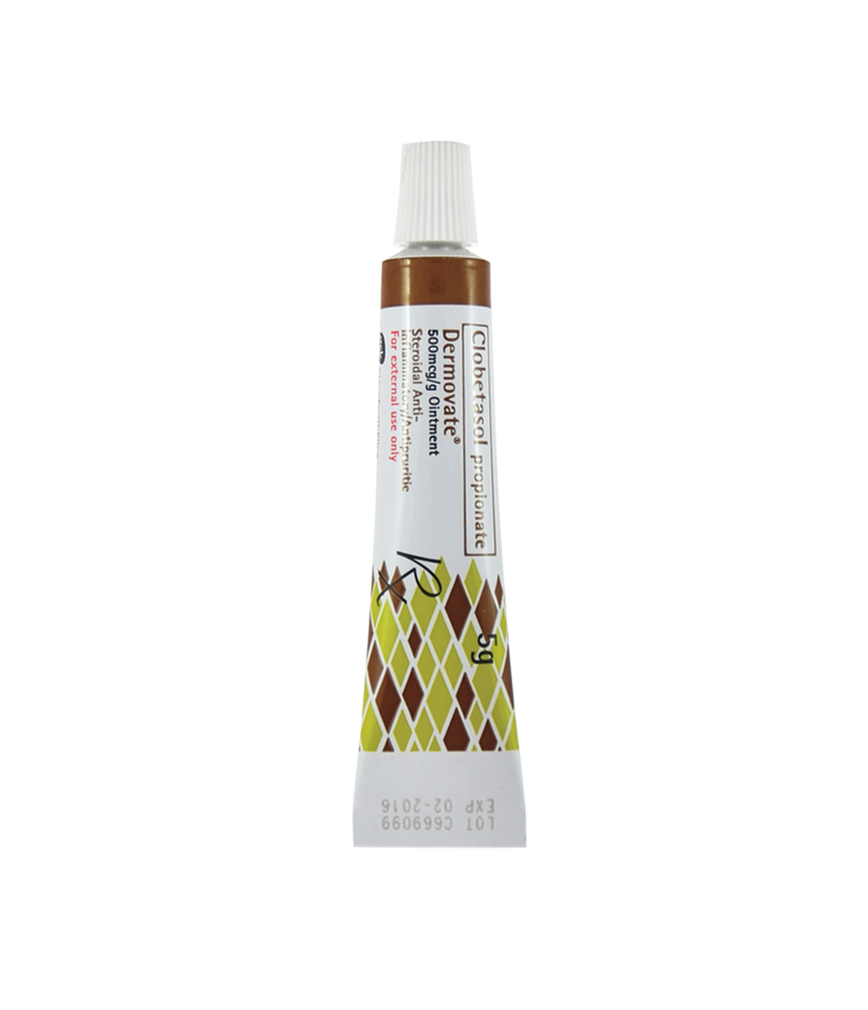


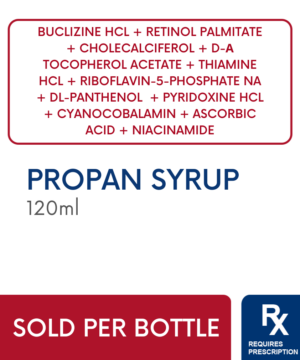

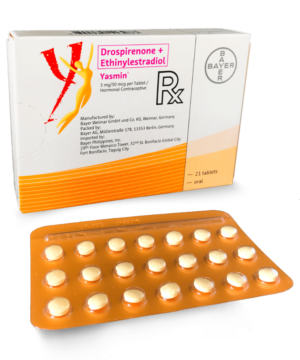
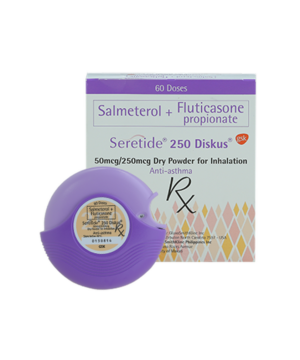
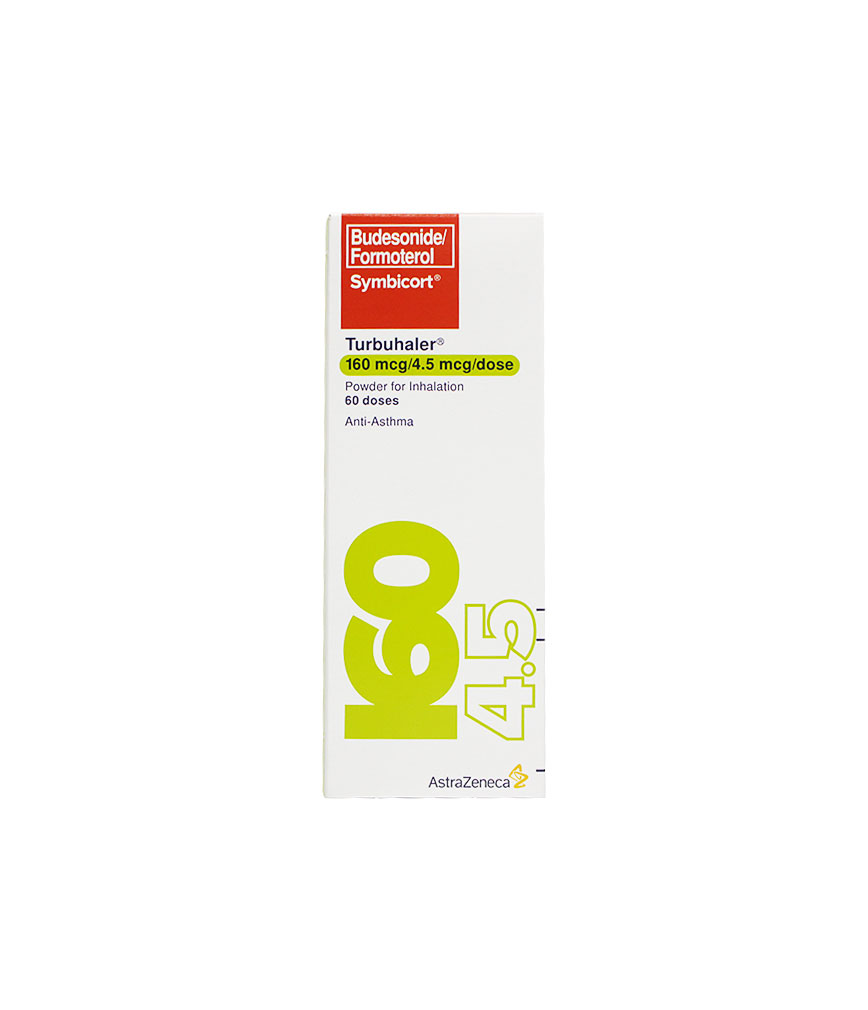



Reviews
There are no reviews yet.